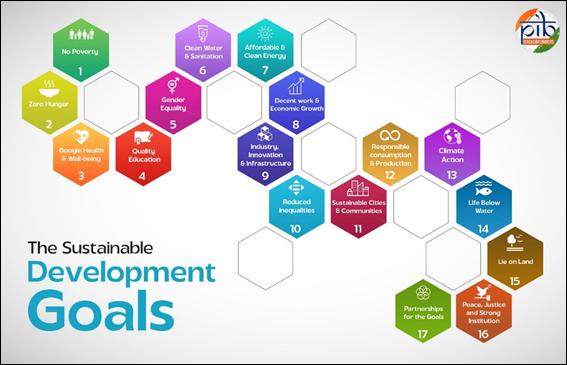The North Eastern Region of India has shown notable improvement in its journey towards achieving the Sustainable Development Goals (SDGs), according to the NER District SDG Index 2023–24 released by NITI Aayog and the Ministry of Development of North Eastern Region (MoDoNER), with support from the UNDP. The second edition of the index, launched on July 7, offers a detailed district-level analysis across the eight states, capturing the performance of 121 districts on 15 of the 17 SDGs.
The index reveals that all districts in Mizoram, Sikkim, and Tripura have achieved Front Runner status, with Mizoram’s Hnahthial emerging as the top-performing district in the region. The findings underscore the impact of national flagship schemes, targeted localisation, and initiatives like the aspirational districts programme in driving development. States like Nagaland and Tripura have shown balanced and sustained progress across multiple goals, while Sikkim demonstrated the smallest gap between its top and bottom-ranked districts, indicating uniform development.
Compared to the 2021–22 edition, the share of front runner districts has increased from 62% to 85%. Significant gains were observed in goals such as no poverty, zero hunger, good health and well-being, quality education, gender equality, and clean water and sanitation. Programmes like the Jal Jeevan Mission and Swachh Bharat Mission played a crucial role in these improvements. However, challenges persist in areas like climate action, reducing inequalities, and responsible consumption and production.
Among the top 10 districts, Mizoram had three entries, including the top-ranked Hnahthial, while Tripura and Nagaland contributed three districts each, and Sikkim had one. At the state level, Assam showed a strong performance with 89% of its districts in the Front Runner category, while Arunachal Pradesh displayed a more mixed profile with progress in select goals but lagging in infrastructure and climate action. Meghalaya, Manipur, and Nagaland also showed encouraging trends, although regional disparities remain.
The report highlights the importance of improved data systems, collaborative planning, and regular monitoring in sustaining development momentum. It also identifies the need for continued focus on remote and newly formed districts where data gaps and development challenges persist.
The NER District SDG Index 2023–24 not only reflects the North East’s developmental strides but also acts as a vital tool for policy-making, enabling targeted interventions and fostering greater cooperation among districts. While progress is evident, the report underscores the need for sustained efforts to address inequality, environmental sustainability, and inclusive growth in the region.














